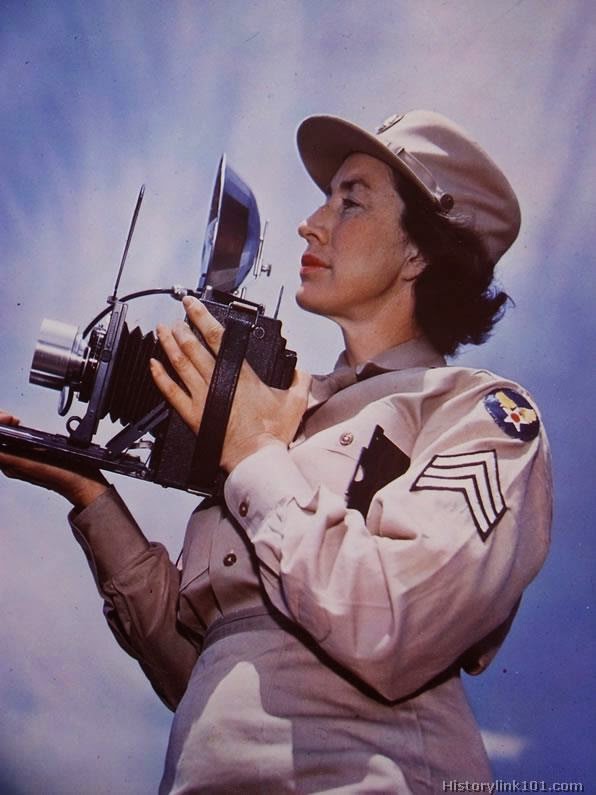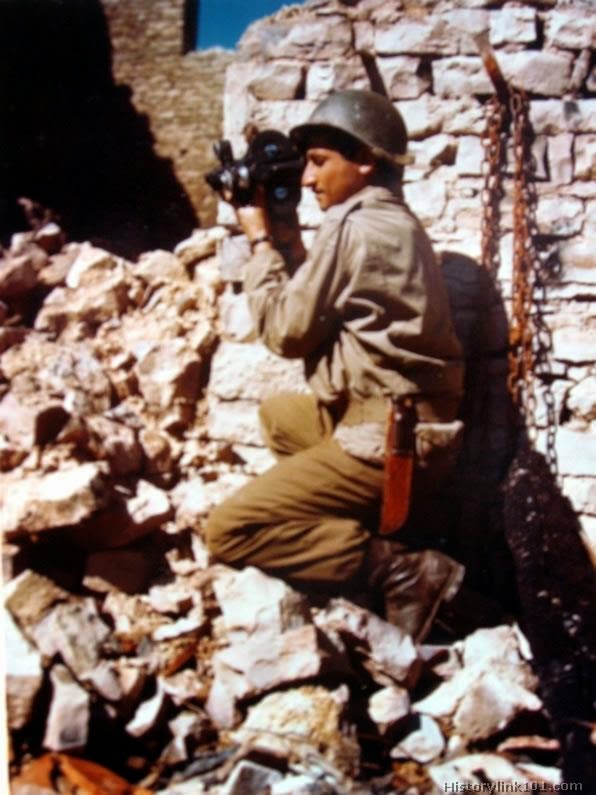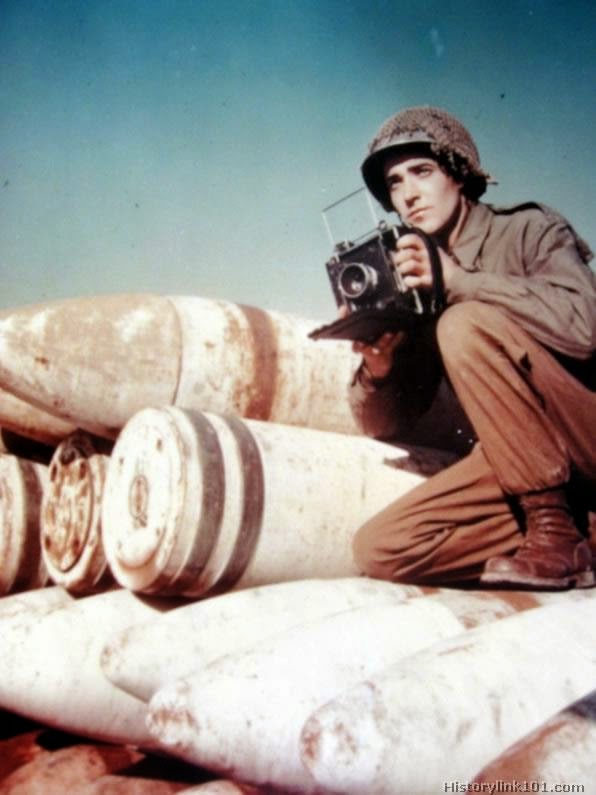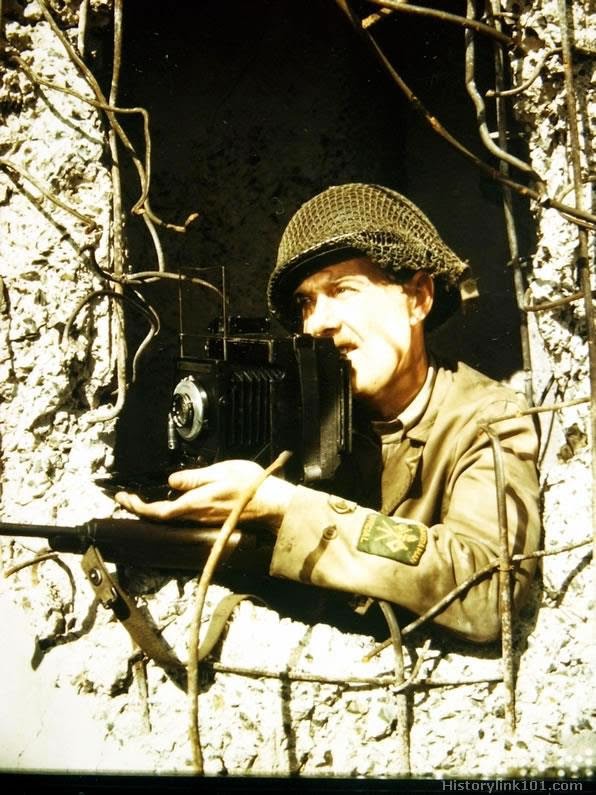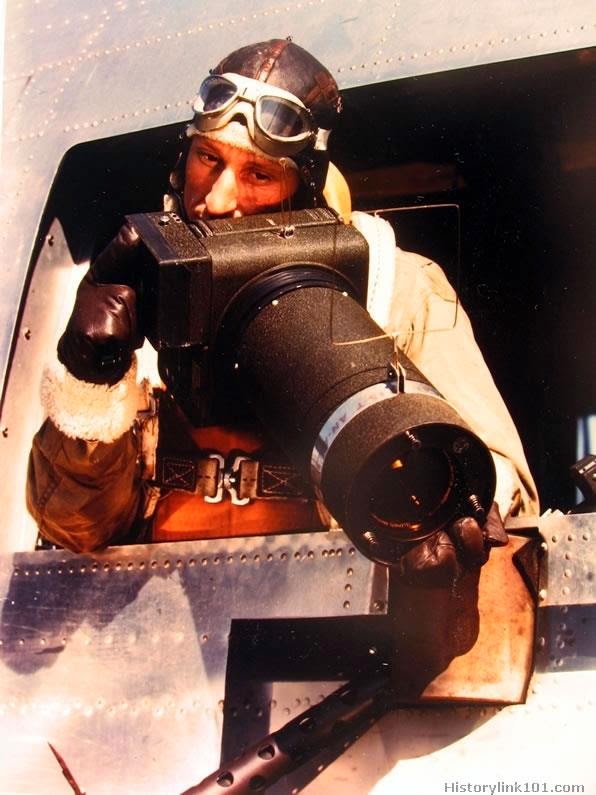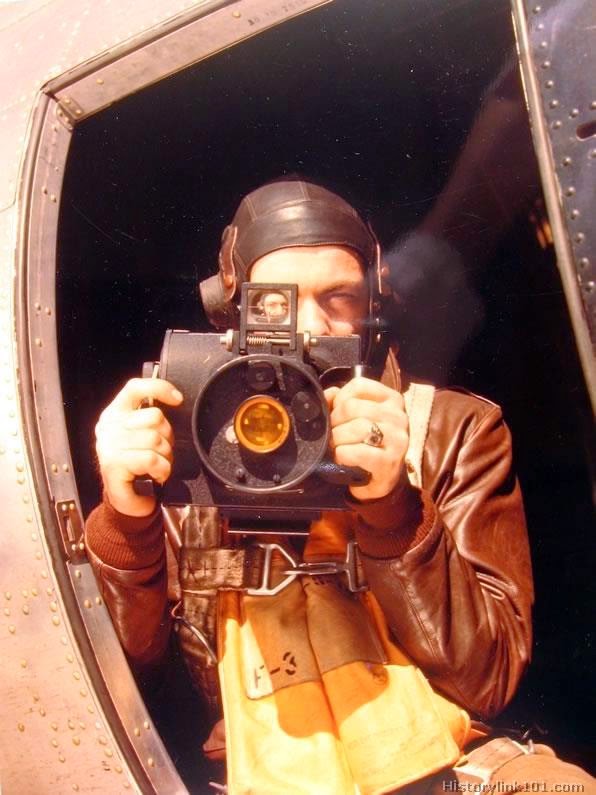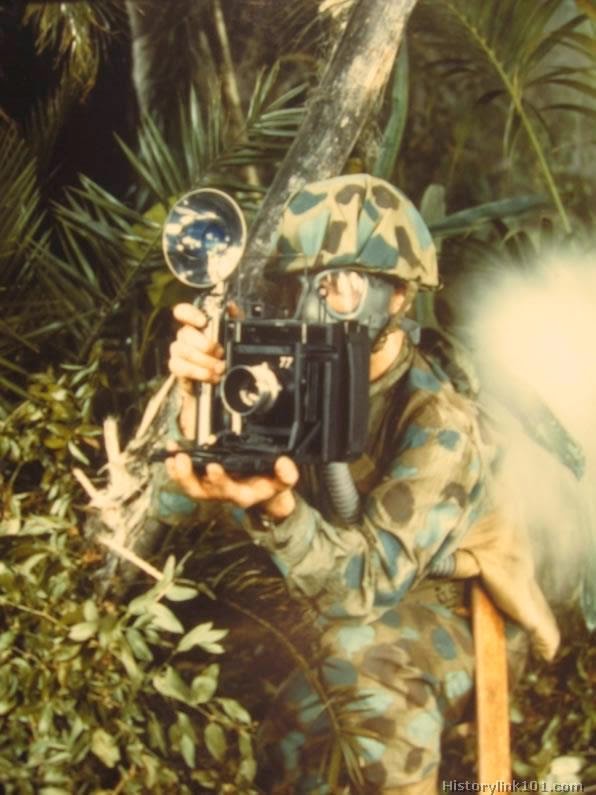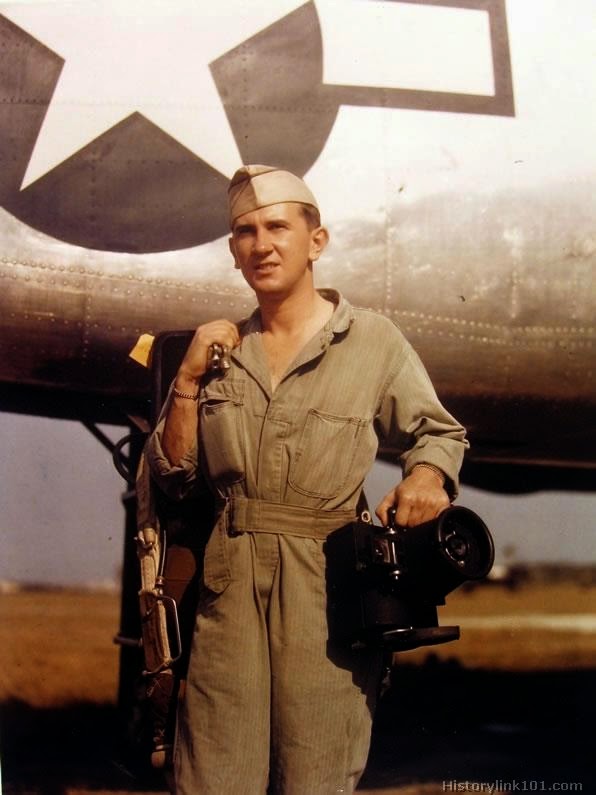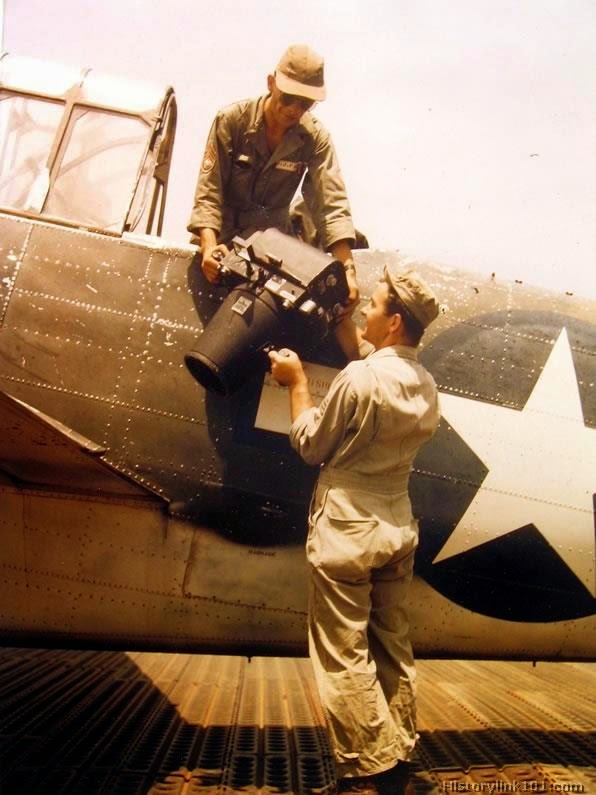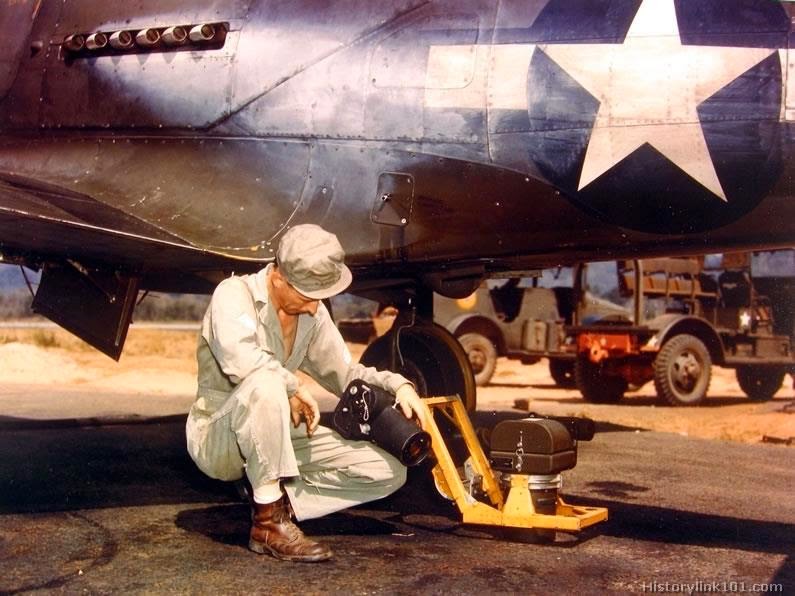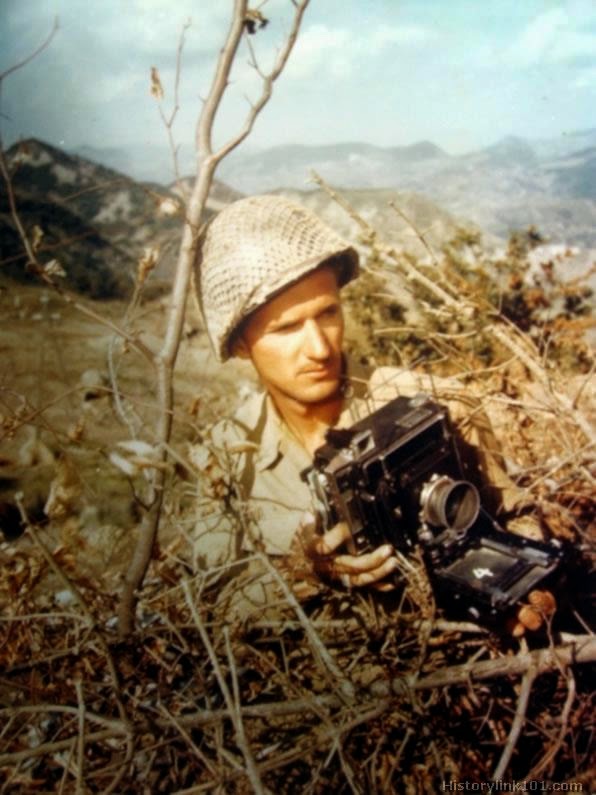No conflict in recorded history transformed the globe as thoroughly as World War II. Cities were obliterated; national borders were altered; revolutionary and, in some cases, fearsome military, medical, communication and transportation technology were invented; and tens of millions were killed — the majority of them civilians. Simply put, the world of August 1945, when the war ended, bore little resemblance to that of September 1939, when Nazi Germany invaded Poland.
During those six long, uncertain years, LIFE covered the war with more tenacity and focus than any other magazine on earth. Twenty-one LIFE photographers logged 13,000 days outside the U.S.; half of that time was spent in combat zones.
When the Second World War broke out in September 1939, just one Army photographer, Geoffrey Keating, and one cameraman, Harry Rignold, accompanied the British Expeditionary Force to France.
On 24 October 1941, the Army agreed to form a corps of trained photographers and cameramen. The unit was called the Army Film and Photographic Unit (AFPU).
AFPU photographers and cameramen were recruited from the ranks of the Army. Many had been press photographers or cameramen in peacetime. All recruits had to undergo compulsory training in battle photography at Pinewood Film Studios. Badges and permits were issued after attempts to confiscate film by overzealous British soldiers.
The first AFPU section deployed to North Africa. More men were recruited and deployed to Syria, Palestine, Cyprus and Iraq. Desert Victory (1943), a film formed almost entirely from AFPU footage, won an Academy Award for Best Documentary in 1943.
